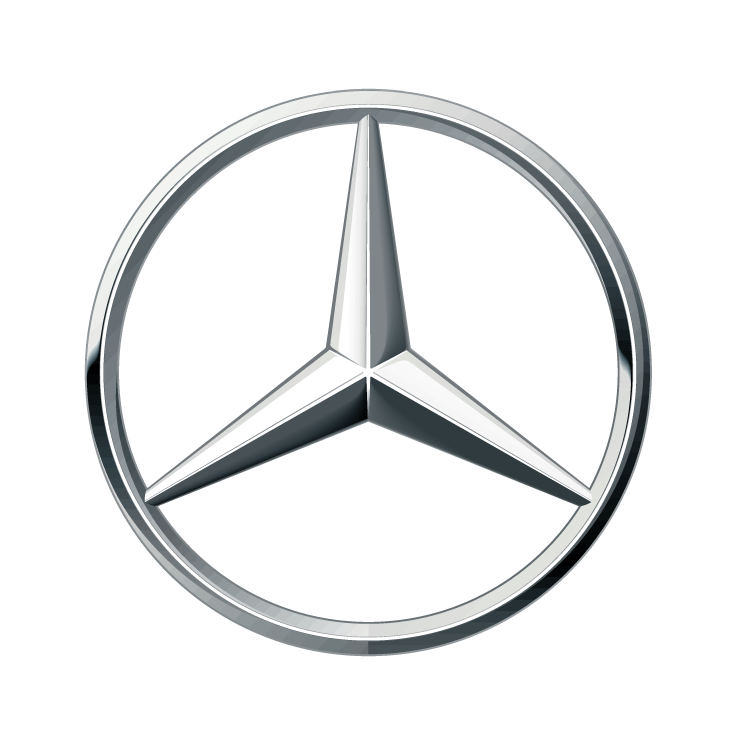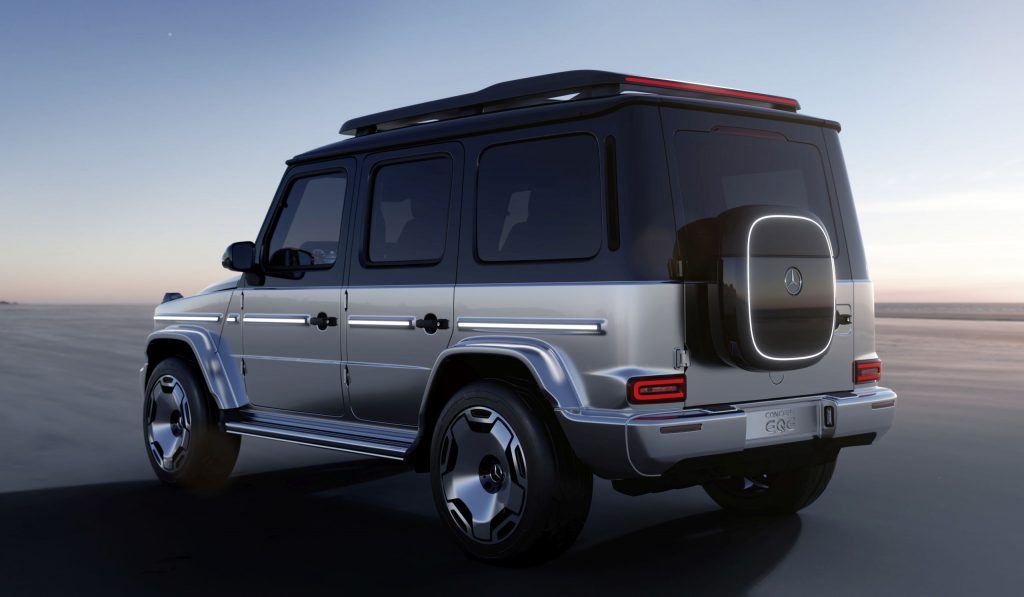Mercedes-Benz EQG will use a silicone-anode battery for boosting its range and performance, according to Autocar.

Mercedes-Benz EQG debuted last year at the Munich Mobility Show. According to Autocar, fully electric G Wagon will use a silicone-anode battery for boosting its range and performance. It will be the first Mercedes to feature a battery that uses a high-silicone anode. EQG will not only offer more range but also weigh much lighter and perform better.
Mercedes and Sila Nanotechnologies collaborated to develop high-silicone batteries in 2019. This year in May, two companies signed a supply agreement for future Mercedes EVs. The new battery cell with silicone anode can achieve a volumetric energy density of 800 Wh/l, according to Sila Nanotechnologies. German carmaker first used the new battery inside its astonishing EV concept called Vision EQXX. This concept can offer more than 1,000 kilometers of range, thanks to a 100-kWh battery pack that weighs only 495 kilograms and occupies less space inside the vehicle’s body.
Lithium-ion battery cells mostly use natural/or synthetic graphite as the main material for the anode. China is the dominant supplier of both kinds of graphite. To decrease their dependency on China, western companies have been looking for an alternative. Silicone is the most viable option, as it can store significantly more lithium ions than graphite could. The first successful example of this anode will be used in the electric G Wagon. Sila Nanotechnologies and Mercedes will continue their partnership in other future Mercedes vehicles.

Fully electric EQG will not only feature an energy-dense battery but also an advanced powertrain. Electric G Wagon will have four electric motors, two on the front and the other two on the rear axle. These motors will carry their own gearboxes with fixed ratios. Mercedes is also going to include its most advanced software package that imitates the functionality of the gasoline-engined G Wagon’s three differential locks.
German carmaker is also looking for an opportunity to implement its newly-acquired British motor company YASA’s axial flux motors. These compact solutions can produce more torque and weigh less for boosting both range and performance, like the new battery. YASA supplied axial flux motors to Ferrari’s SF90 Stradale and Koenigsegg’s Regera. EQG could use the extra torque for an improved off-road experience. Unfortunately, G Wagon fans will have to wait for a couple of years to buy this fascinating piece of technology. Mercedes-Benz is planning to start building the first electric G-Class vehicle in 2025.